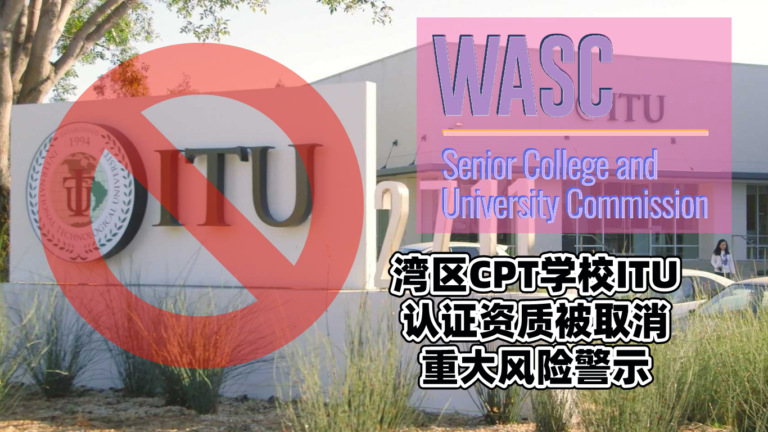How to Write a Nonpaid Leave Letter
Guide to Obtaining a Non-Paid Leave of Absence Letter During OPT to CPT Transition
When transitioning from OPT (Optional Practical Training) to CPT (Curricular Practical Training), international employees may find themselves in a period where work authorization is temporarily unavailable. During this transition, a company may grant a non-paid leave of absence to the employee, allowing them to maintain their employment status while refraining from any work activities. A formal letter from the employer is beneficial in these circumstances, both to confirm the non-paid leave status and to assure regulatory compliance.
This non-paid leave letter should be clear, and concise, and outline key details, including the employee’s name, position, the nature of the work authorization transition, and the start and end dates of the leave period. The letter also needs to state that the employee will not be undertaking any job responsibilities or receiving compensation until CPT authorization is granted.
Non-paid Leave Letter Template
[Company Name]
[Company Address]
[Date]
To Whom It May Concern,
This letter is to confirm that [Employee Name] is currently employed by [Company Name] as a [Job Title]. Due to the transition from OPT (Optional Practical Training) to CPT (Curricular Practical Training), [Employee Name] will temporarily be without work authorization during this period. As a result, [Company Name] has granted [Employee Name] a non-paid leave of absence effective from [Start Date] until [Expected Return Date].
During this period, [Employee Name] will not be performing any job duties or receiving any compensation. Once the CPT work authorization is obtained, [he/she] is expected to resume [his/her] role in accordance with the terms of [his/her] employment.
If you require any further information, please feel free to contact us at [Company Contact Number] or [Company Email].
Sincerely,
[Signature]
[Signatory Name]
[Signatory Title]
[Company Name]
Having an official non-paid leave letter serves multiple purposes. It clarifies to educational institutions and immigration authorities that the employee is observing regulations by not working during the authorization gap. Additionally, it helps ensure a seamless continuity in the employee’s work record.
If you are in the process of obtaining this letter, it is advised to keep a copy for your records and provide it as needed to relevant parties, such as your university’s international office or immigration representatives.



